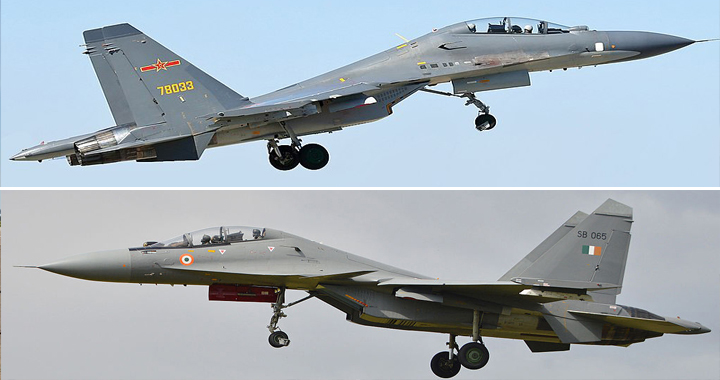SOURCE: AFI


India and China, both major Asian powers, have a long history of acquiring military equipment from Russia. However, their approaches to the Sukhoi Su-30MKI fighter jet program differed significantly. While China opted to reverse-engineer the Su-30MKK (a less advanced variant) and develop its own indigenous versions, India pursued a different path.
India’s Su-30MKI program involved a complex technology transfer agreement with Russia. This agreement allowed India to progressively manufacture the Su-30MKI domestically, with increasing levels of indigenous content over time. The goal was not just to assemble the aircraft but to gain the knowledge and expertise to potentially design and develop future generations of fighter jets.
China, on the other hand, opted for a more rapid approach. They purchased the Su-30MKK variant and then embarked on a program of reverse engineering. This involved dissecting the aircraft to understand its design and functionality. While this approach allowed China to develop its own variants like the J-11 and J-16 faster, it did not necessarily result in a complete transfer of knowledge or the ability to design entirely new aircraft.
India’s approach appears to be a long-term play for self-reliance in the aerospace sector. The experience gained through the Su-30MKI program is feeding into India’s ambitious programs like the Advanced Medium Combat Aircraft (AMCA), which aims to develop a 5th generation fighter jet indigenously.
India and China’s contrasting approaches to the Su-30MKI program highlight different strategic priorities. While China prioritized faster acquisition and cost savings, India focused on technology transfer and long-term self-reliance. Only time will tell which approach proves more successful in the long run.